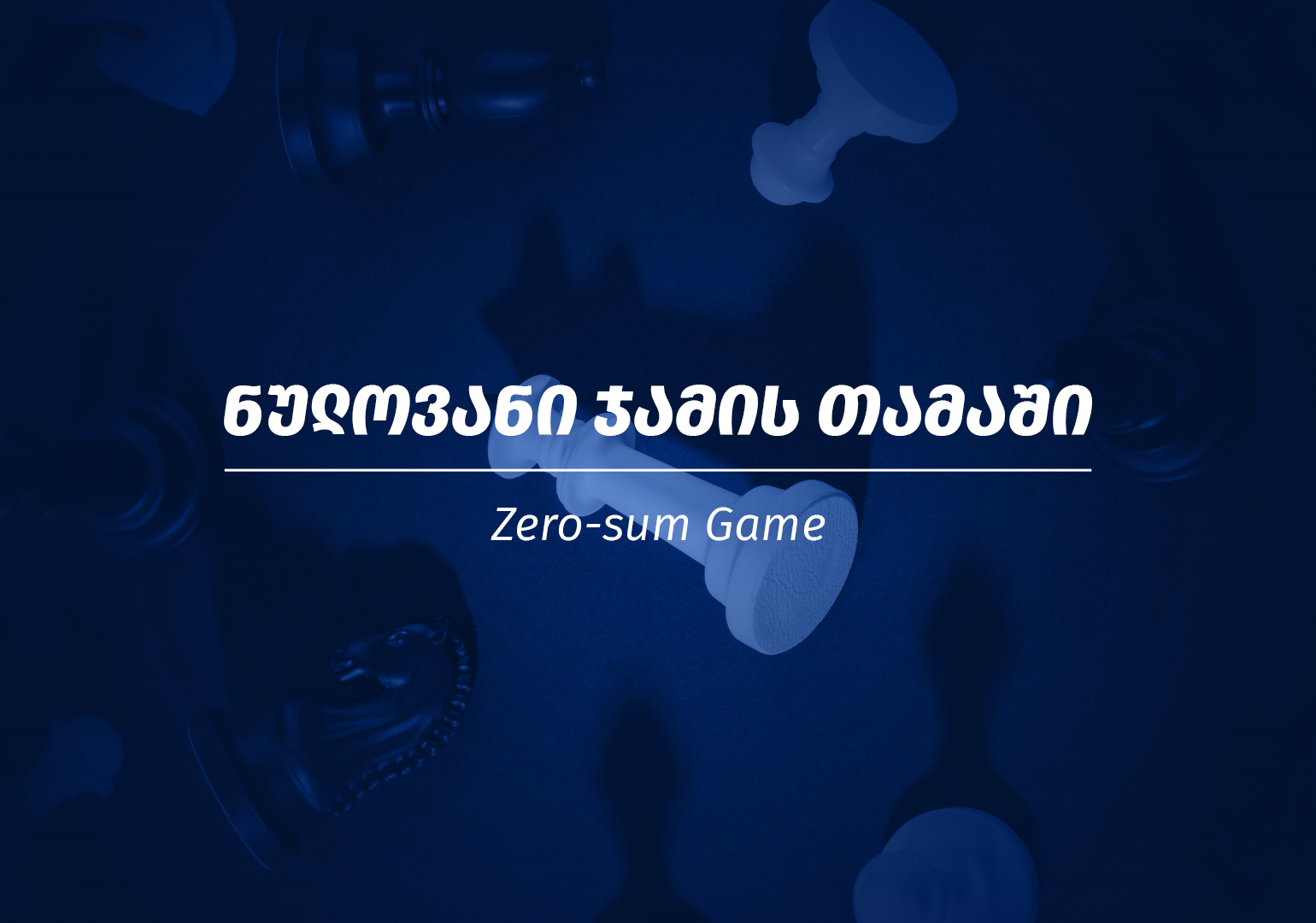Image Credits to Roman Chkoidze
Given the long history of Christianity in Georgia, and its vital role in the preservation of our language, culture and subsequent national identity, it’s often difficult to imagine that there was ever a time period where the Georgian people/s held onto any other faith, the concept of a “Georgian Pantheon” a foreign thought in any modern-day Georgian’s mind. And yet, a deep glance into the nature of our unique branch of Christianity is what leads a curious person through a hedge maze of forgotten historical episodes, relationships and moments so bizarre they sound mythical (with that also being the case sometimes), until finally, they come across the remnants of what was once a, if not well centralized, loose confederation of deities belonging to tribes of people that would one day merge into what history refers to as the “Kartvelian” people, us.
That being said, there is unfortunately little to be learned of the “Old Gods” in terms of well-kept documents, decrees and idols belonging to the era in which they reigned. Much of what we know of them today stems from written records centuries after their places of worship were either abandoned or converted to the cross. This led many during the late 19th and early 20th century (a time period where many belonging to the Georgian intelligentsia sprung out to find, discover and preserve our heritage through various forms and means), to wonder as to how much they could trust whatever annals they could find, as Georgian Christianity, not unlike other Christian denominations but definitely zealous in practice, did not necessarily destroy pagan beliefs through blood and iron, but through a gluttons gorge. It swallowed the practices and traits of these Gods and goddesses and merged them with itself. Some were shunned for their traits, others turned to saints for their good deeds. But the most interesting case was that of Armazi, chief of the Gods.

Hail to the High King
What little is known and understood about Armazi is made all the more difficult because of how there are differing accounts of his nature and origins. This is doubled down on by the fact that, ultimately, his fate IS known, and it’s not exactly a kind one. “The Conversion of Kartli” mentions the converter of Kartli witnessed a feast in honor of the idol, moments before she began a prayer that would summer a hail storm that would have the greatest and the only statue of the God burnt by lightning. His only recorded description in this account is that of his eyes, shining like emeralds and beryls, a golden suit of chainmail and a gleaming sabre that glittered like lightning (maybe he struck himself on fire, who knows).

All jokes aside, Armazi is somewhat of an exception when it comes to the Old Pantheon. Most people know of him, or have at least heard his name before, but that is only because of the fact that unlike a majority of his fellow idols, he seems to have been wiped clean from the books, and this isn’t so surprising given his position in the hierarchy. What better way to signify the conversion of a people than a story of a saint having the most powerful of God’s greatest statues destroyed? But then this begets the question, where did the worship of Armazi originally come from, what inspired it, why was his fate so much more pronounced than the other gods, and more importantly, what was perhaps his true fate?
The Face of Pharnavaz
The Legendary first king of Iberia, King Pharnavaz is credited with having raised the God Armaz, speculated to have been named after him or vice versa, to his place in his people’s pantheon. This is further solidified by the fact that Pharnavaz is the one credited with the construction of the city and fortress of Armazi, which also served as the original capital of the kingdom.

The Face of Arma
On the other hand, it is also believed that the God is a local variant of the Anatolian God known as Arma, worshiped by the Hittites and Luwians during the iron age. This theory was brought forward by Giorgi Melikishvili, who made the argument that since both the scant descriptions of both Gods, along with the very similar name point towards a connection. This theory could be reinforced by the fact that, as one of the more dominant and influential people during the iron age, it would not be implausible to suggest that the Hittites exported their religious beliefs towards the Caucasus region. Another interesting factor is the fact that Arma was noted to have been a moon God. Ivane Javakhishvili, a well-respected Georgian historian, had argued that there had existed a pre-christian Georgian moon cult, which was connected to a few gods that were notable in their fame and importance to the people, one of these being Tetri Giorgi, the pagan God that would later be recast as St. George, Georgia’s patron Saint.
The Face of Ahura Mazda
Ultimately, some scholars argue that due to the long time lapse from when Armaz is first brought into mention in written record to when he was actually worshiped, it is entirely possible that the God was a Persian seed sown by the Sassanids, in the same nature as the Chosroid Dynasty were Persian in ancestry. They argue that since they allowed their satraps the ability to govern with some level of Autonomy, they also allowed each of the peoples in their diverse empire to practice a religion they believed was entirely theirs, but was really a local variant of Zoroastrianism. They also make the argument that this could have been one of the, if not the main reason why Christianity found such a grip with the people of Caucasia. They state that because Armazi, and ultimately the religious beliefs he was a part of were nothing more than a tool to inforce Persian dominance, christianity in the beginning was seen as a way to break free from this control.
The One True Face of Armazi
In the end, it is, at least today, impossible to know what is true about this particular God. Too much has been forgotten or burned away, and what may be recovered might not be enough. It is entirely plausible that all three “faces” are in some part true, maybe even interwoven with each other. Maybe he was a local variant of an Anatolian God, a god that was later given a promotion from a unifying king who bore his name, a god that was ultimately corrupted by an imperial power seeking soft control. It’s also entirely plausible that none of this is true, and there is simply a story of this deity that we will never have the chance to rediscover. Whatever the case may be, if there is one silver lining to this ordeal, it’s that it’s unlikely that his name will ever be forgotten. Armazi, his destruction at the hands of Saint Nino, in written record, serves as the time stamp, when Georgians abandoned the Old Gods and embraced the New one. His tragic loss signifies a major change to both our culture and consciousness. And what’s more, is that it’s entirely likely that a piece of him lives on, absorbed by a christian figure second only to the Holy Trinity itself in Georgia. Saint George was said to have all but taken the face of Tetri Giorgi, a beloved local lunar deity, when he entered the minds and prayers of Georgians, but in terms of high position, power and authority… who knows, maybe a tiny, unnoticed piece of another old moon god bleeds through the Dragonslayer.
















